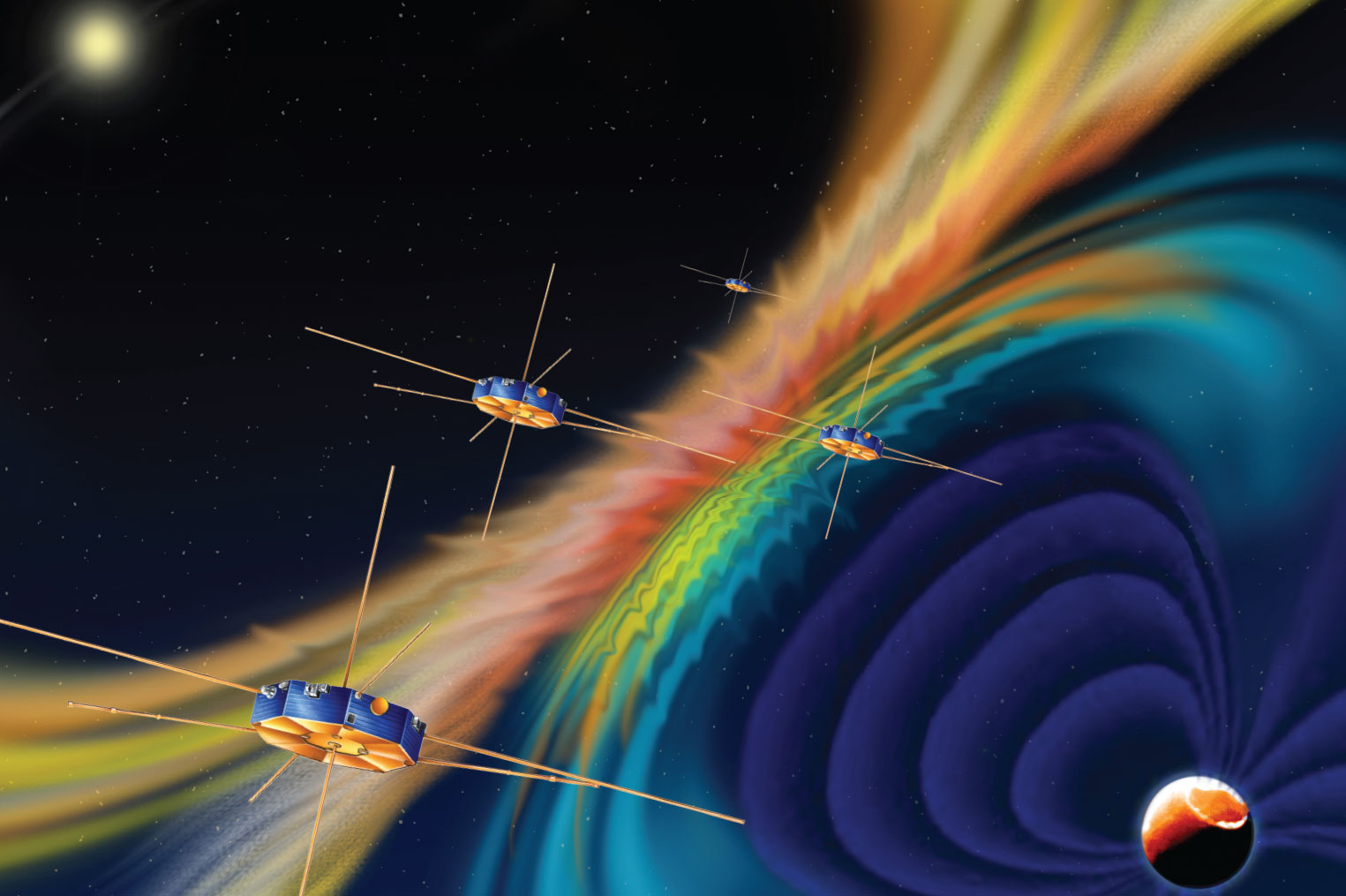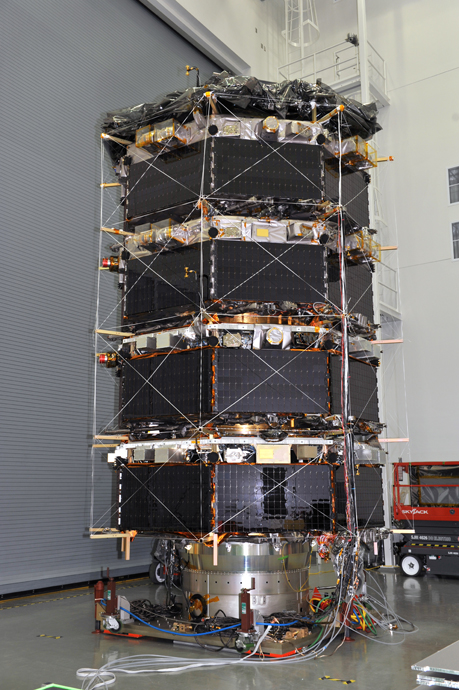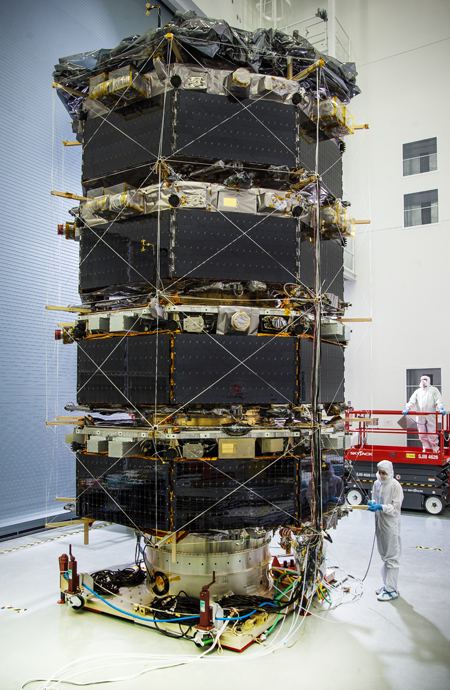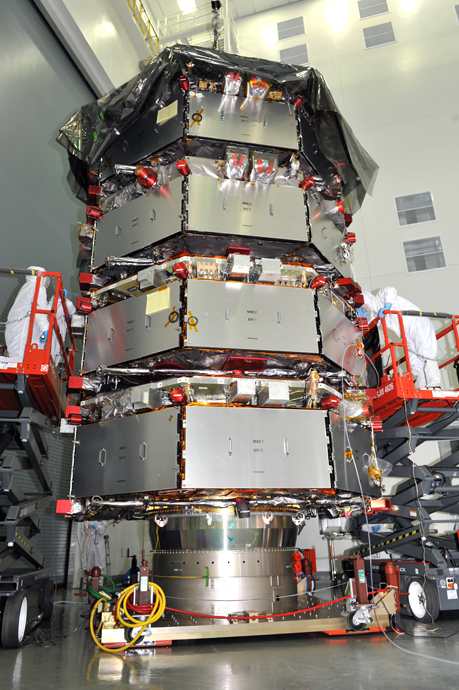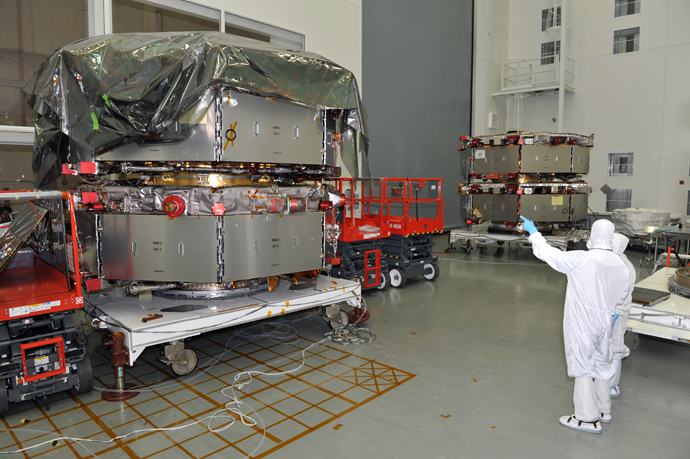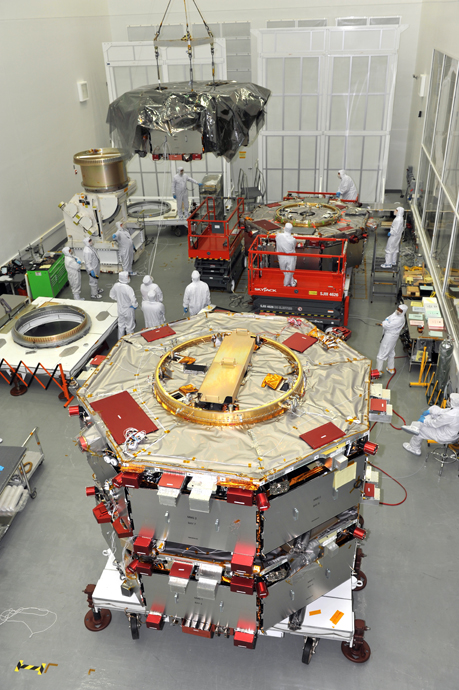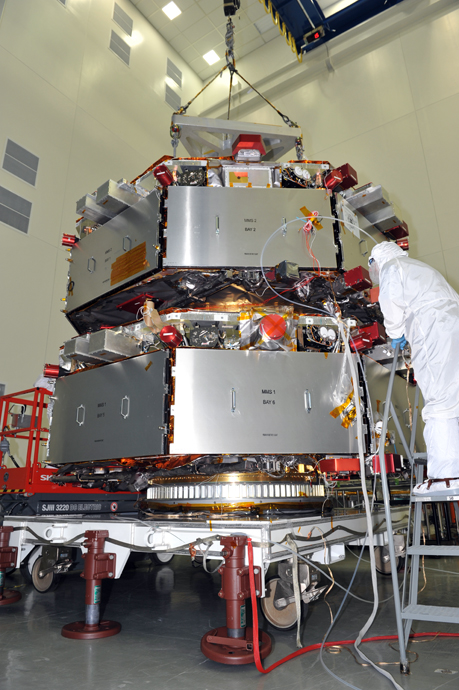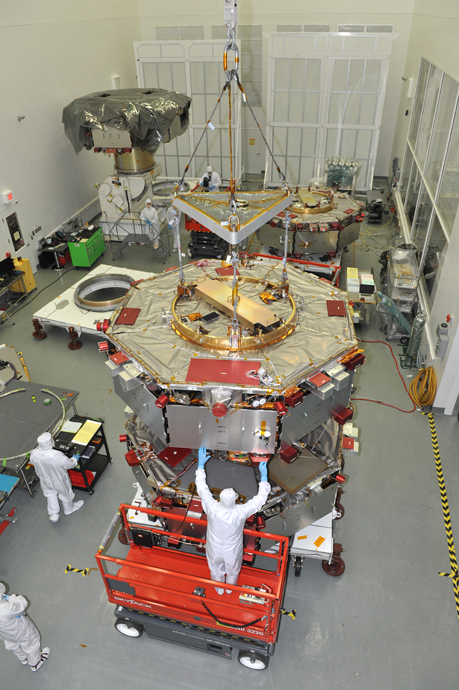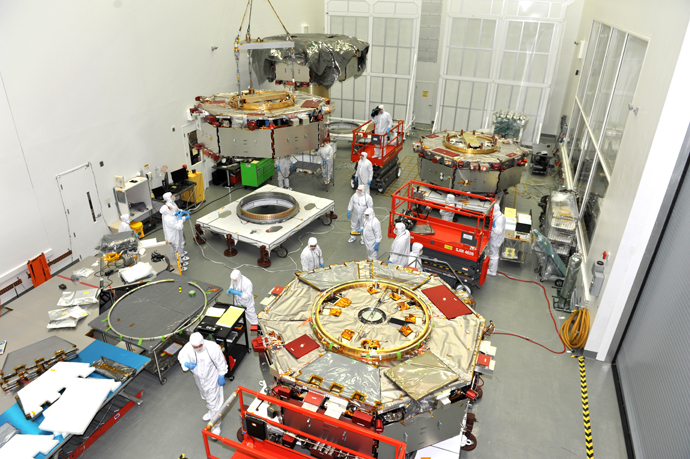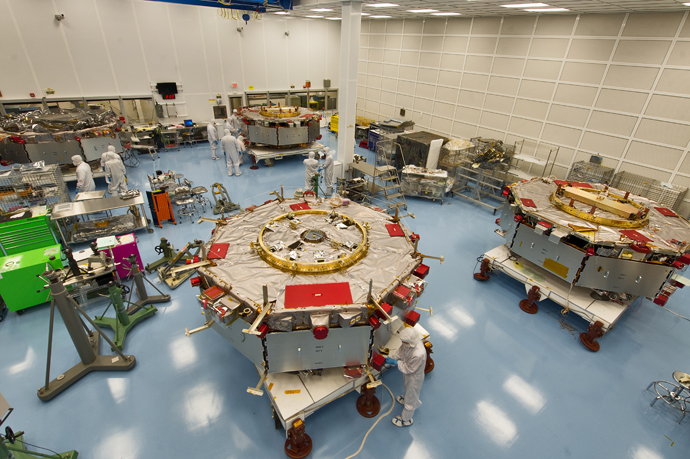MMS
Magnetospheric Multiscale
By looking close to home, NASA’s newest mission with provide a window to the universe.
- The Magnetospheric Multiscale, or MMS, mission was created to study how magnetic fields around Earth interact with activity from the sun.
- The Earth has a magnetic field like a bar magnetic that is generated by its spinning liquid metal core.
- The magnetic field forms an invisible bubble around the Earth.
- Explosive activity on the sun hurls its own magnetic field and plasma into space. When that stuff is thrown our way it interacts with Earth’s magnetic fields releasing energy. This is what leads to aurora.
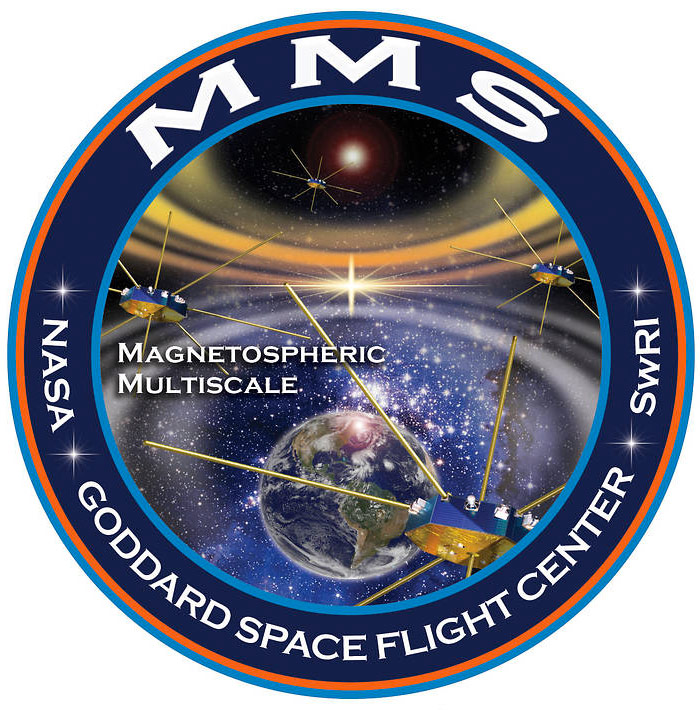
How would you like to understand a fundamental process happening throughout the universe?
You can! The mission is studying magnetic reconnection, which happens in the atmosphere of stars, planets with magnetic fields and exotic objects across the universe such as black holes and neutron stars. MMS will unlock the answers on a small-scale using Earth as a laboratory. Scientists will share these discoveries with us, and then we too, will understand the process that happens on small and big scales, happening from close to home to the farthest reaches of the universe.
What is magnetic reconnection?
You may remember simple science experiments in school with bar magnets, pushing or pulling away them away from each other. Objects in space have magnetic fields and these are constantly moving and interacting with each other in a similar way. Since objects in space are more complicated than a bar magnet, things get interesting. Have you ever stretched out a rubber band so tight that it breaks? You are putting energy into the rubber band by stretching it. The rubber band gets to the point where it’s unstable. When it snaps, that energy is released. This is similar to how energy is stored and then released in magnetic fields around objects in space. Magnetic fields are not stationary, they move around and they can get stretched and twisted like the rubber band when they interact with other magnetic fields. When you think of the magnetic fields that MMS is studying, imagine it like the rubber band. Unlike on the surface of the earth (or in your old science class), these magnetic fields are in plasma, the 4th state of matter (solid, liquid and gas being the other three.) Plasma contains charged particles, which interact with magnetic fields. So here’s the exciting part…when the magnetic fields lines realign after breaking, they explosively accelerate particles in the plasma to nearly the speed of light! This process of energy release from magnetic fields is called magnetic reconnection.
Where else does magnetic reconnection occur?
Most of the universe that we see is made of plasma, but plasma is very rare on Earth (except in laboratories, TVs or an “Eat At Joe’s” neon sign). Interacting bar magnets on Earth will show the magnetic fields, but air doesn’t have charged particles to accelerate. So we must go outside the Earth’s surface to easily study magnetic reconnection. Studying and understanding this fundamental process is the main purpose of MMS. This process creates interesting phenomena both near and far on objects with magnetic fields. It causes eruptions on the sun, it releases energy from matter disks around black holes and neutron stars into space, it even happens at the boundaries of the giant bubble surrounding the solar system, letting in charged particles from the rest of the galaxy. Gaining an understanding of magnetic reconnections will explain a lot of what’s happening out there.
MMS Launched March 12, 2015
The MMS mission uses four identical spacecraft to provide the first-ever three-dimensional view of gigantic explosions in space that release energy and fast-moving particles, the process called magnetic reconnection.
MMS in 30 Seconds
MMS Celebrating 10 Years: March 12, 2025
The MMS mission uses four identical spacecraft to provide the first-ever three-dimensional view of gigantic explosions in space that release energy and fast-moving particles, the process called magnetic reconnection.
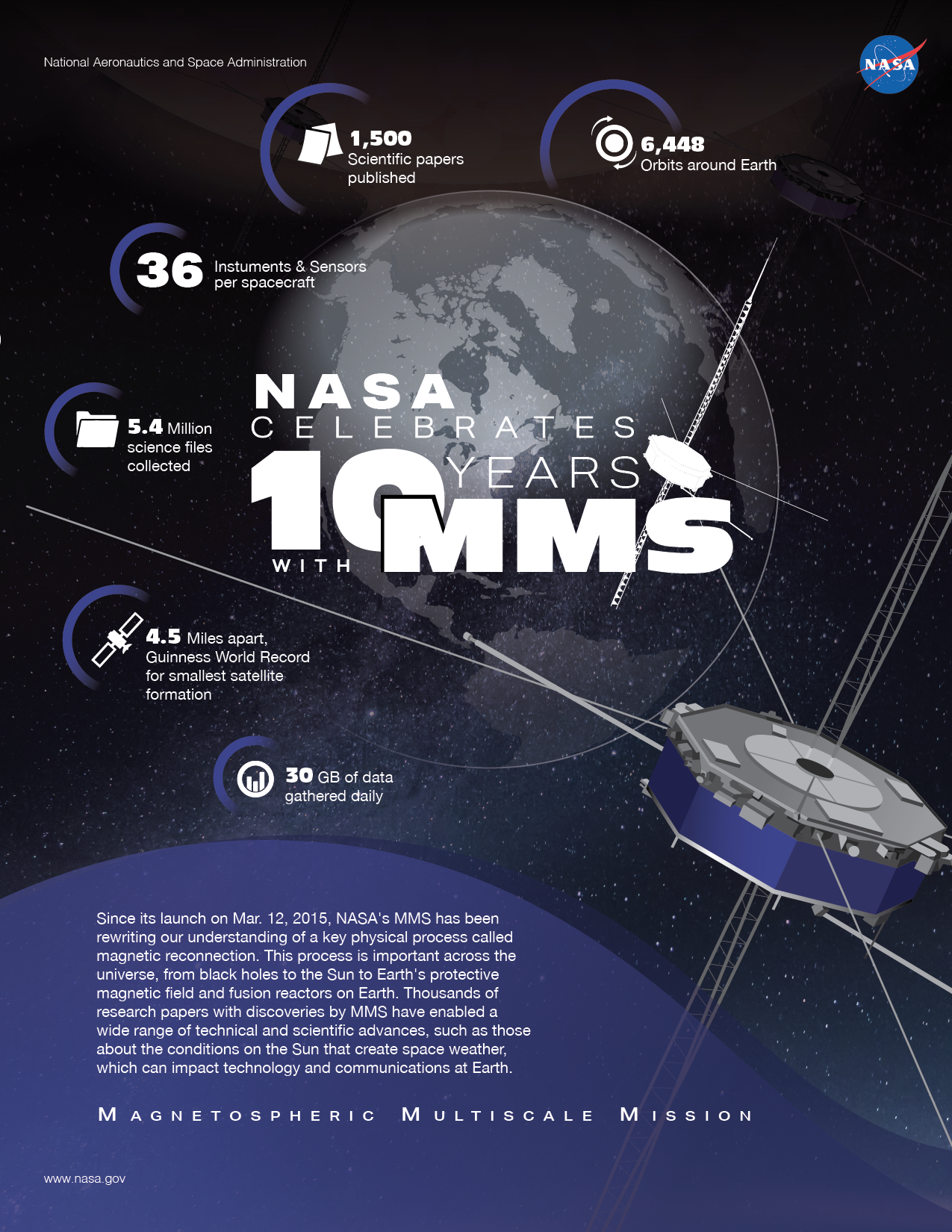
Why Four Spacecraft?
There are four spacecraft in order to get three-dimensional science information. Four spacecraft also give MMS the necessary observational perspectives to determine whether reconnection events occur in an isolated locale, everywhere within a larger region at once, or traveling across space. Each spacecraft can be thought of as the point of a triangular pyramid, or tetrahedron. As the tetrahedron flies through space, it can measure the three-dimensional properties of magnetic reconnection regions. The separation distances will vary depending on the orbit and can be changed as the mission progresses. The inter-spacecraft distance can be made to be as large as 250 miles (400 km) to as small as 6 miles (10 km).
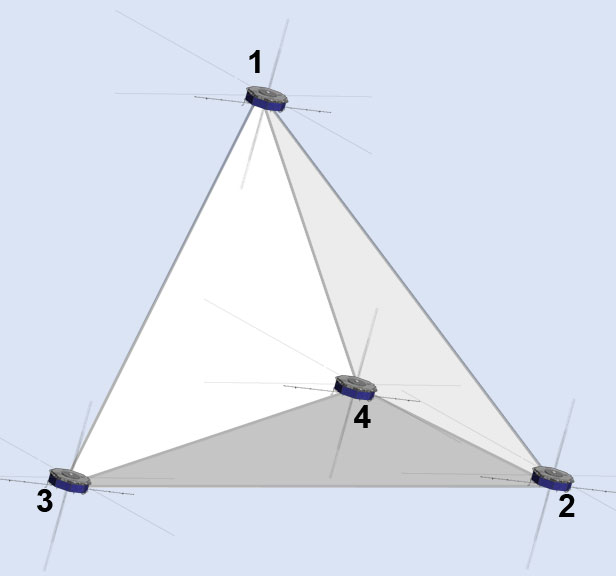
🚀🌍 Magnetic Reconnection: The Heart of Space Weather 🌌✨
Magnetic reconnection is a powerful phenomenon that drives some of the most awe-inspiring and disruptive space weather events. It creates auroras here on Earth 🌠, while triggering solar flares 🔥 and coronal mass ejections (CMEs) ☀️ on the Sun.
Magnetic reconnection is one of the primary forces behind space weather, which can impact:
- 📡 Communications networks
- 🛰️ GPS navigation
- ⚡ Electrical power grids
- 🌐 Satellite systems
- 🚶♂️ Astronaut health
This process is the origin of all space weather near Earth.
It fuels solar flares 🔥 and CMEs 🌞 on the Sun, enabling the transfer of energy into Earth’s magnetosphere.
This interaction can disrupt electronics 💻, cause GPS malfunctions 🛰️, and even lead to communications blackouts 📞.
Understanding magnetic reconnection is crucial for safeguarding both technology and astronaut health, particularly as missions to Mars 🚀 become a reality.

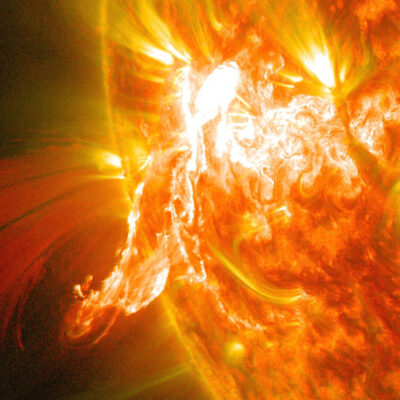
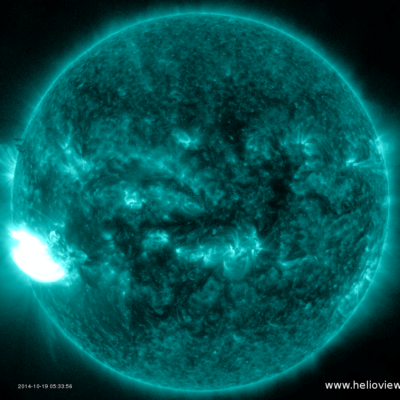
Learn more about MMS by playing the videos below!
Magnetic Reconnection Near Earth
MMS is traveling through two known areas of reconnection near Earth: on the dayside where magnetic fields from the sun connect to Earth’s fields and on the night side where Earth’s own fields can reconnect with each other.
Building Four Spacecraft Isn’t Easy
Major Engineering Feat
The four MMS spacecraft were built simultaneously at NASA’s Goddard Space Flight Center over the course of five years – a feat that required extraordinary coordination. Over 1000 people have worked on it. The MMS spacecraft will fly through reconnection regions in well under a second, so key sensors were built to take measurements 100 times faster than any previous mission.
Click on an image below to view larger.
11 Scientific Experiments
The instruments measure energies of charged particles, the movement of plasma, and electric and magnetic fields. Each MMS observatory carries 11 scientific experiments, made up of 25 separate sensors. The instruments will measure energies of charged particles, the movement of plasma, and electric and magnetic fields, with unprecedentedly high – on the order of milliseconds — time resolution and accuracy. An early engineering feat was simply determining how to place all 25 sensors so they wouldn’t interfere with each other or block each other’s view.
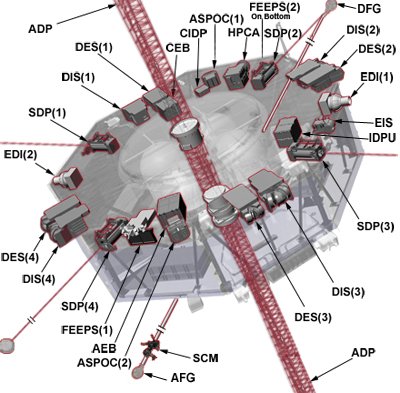
The numerous MMS instruments are divided into three investigations or groups:
- Hot Plasma Suite: to observe the nature of the charged gas, or plasma, present during reconnection
- Energetic Particles Detector Suite: to observe the fast-moving, energetic particles
- Fields Suite: to observe electric and magnetic fields and waves
In addition, an Instrument Control group contains the spacecraft instrument electronics.
Unprecedented Speed
Imagine flying by the Grand Canyon in 0.03 seconds – less time than it takes to blink an eye – and having to record what you see. That’s what MMS must do. It flies through reconnection regions just a mile across at speeds of 30-60 miles a second. Many of the instruments aboard MMS have unprecedentedly high – on the order of milliseconds — time resolution and accuracy.
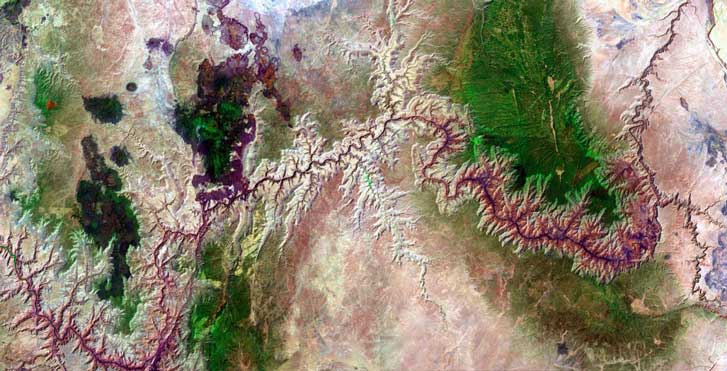
Getting to Space
Launched March 12, 2015 • Cape Canaveral Air Force Station, Florida • Launch vehicle: ATLAS V 421
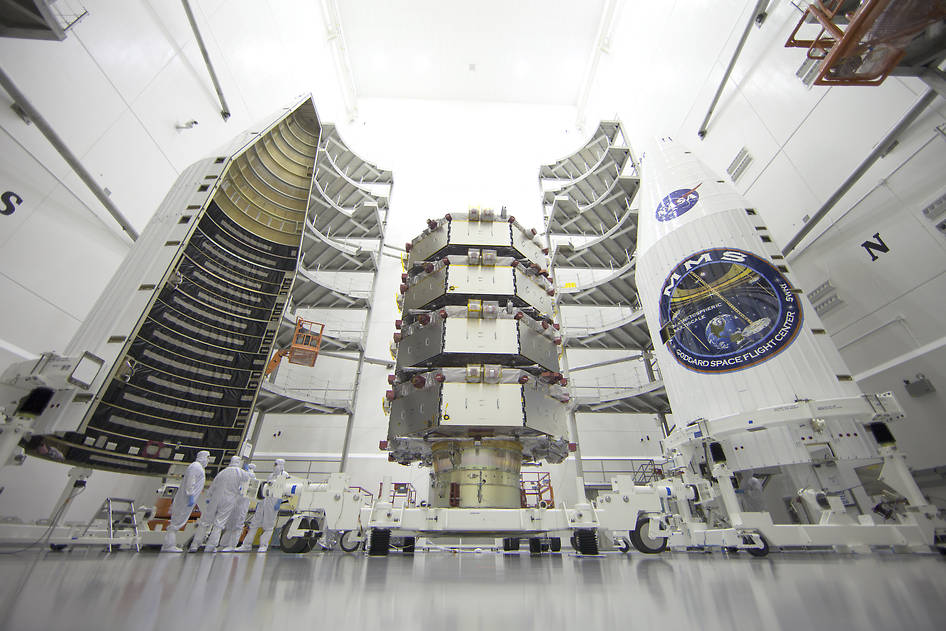
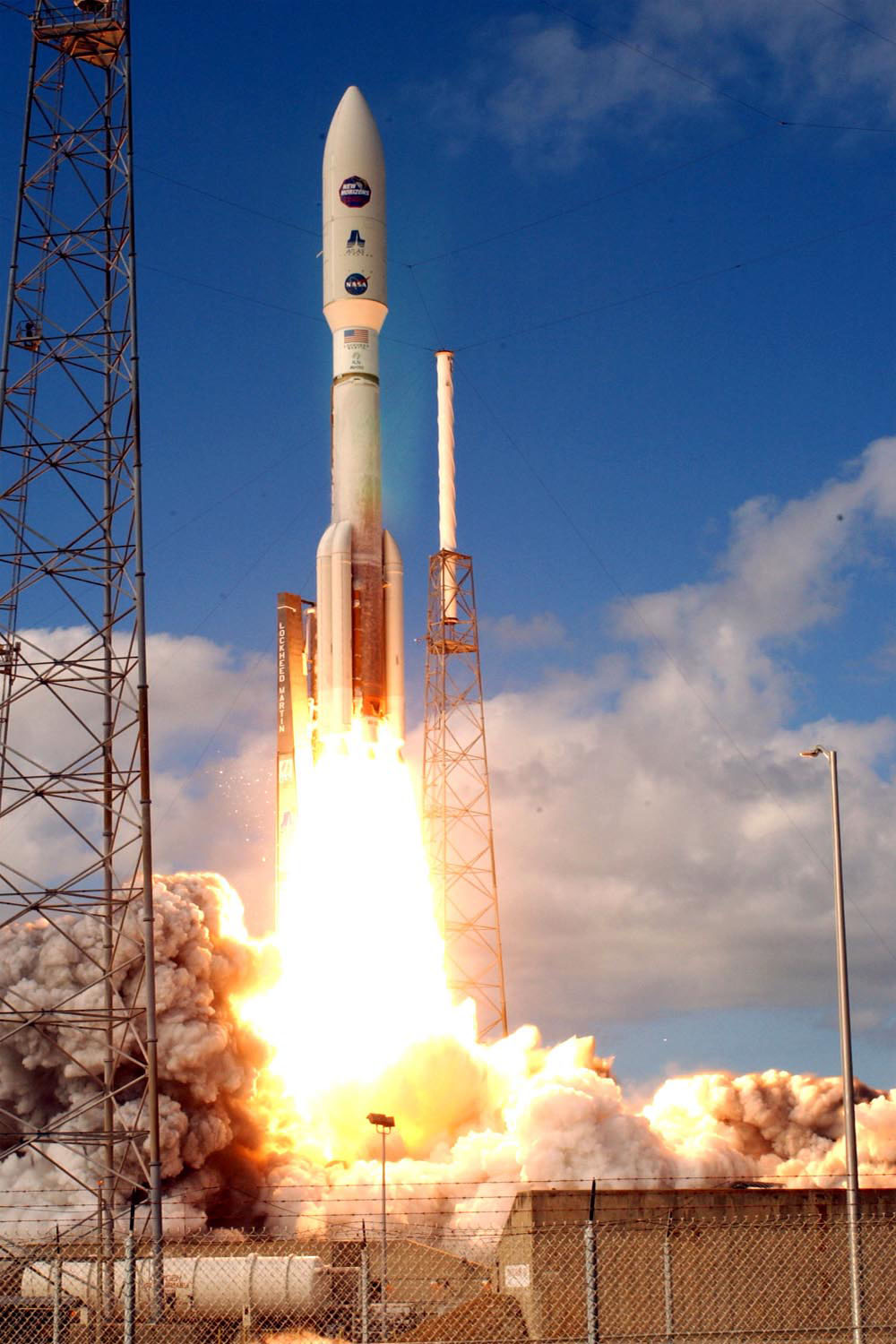
Launch & Deploy
MMS in Space
The spacecraft orbits will be controlled with an onboard propulsion system that uses 12 thrusters to adjust the orbit of each spacecraft. The spacecraft are tracked and commanded from a control center at NASA’s Goddard Space Flight Center in Greenbelt, Maryland. One way that NASA will track the MMS fleet is through highly accurate and sensitive GPS receivers. They must be incredibly sensitive because the MMS orbit places it above the GPS constellation at times, so the MMS GPS receiver must lock onto GPS signals that arrive from the other side of Earth.
